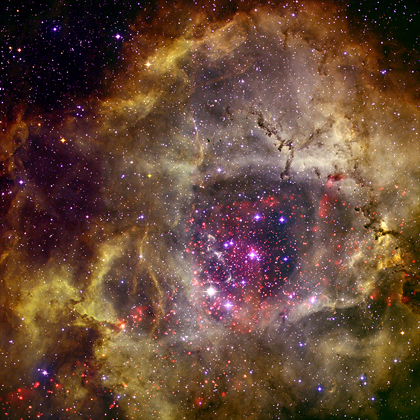Milky Way sidelined in galactic tug of war
Updated: 2010-09-30 00:00:00
A computer simulation shows the Magellanic Stream resulted from a past close encounter between dwarf galaxies rather than effects of the Milky Way.
 WeirdSciences Weird But Absolute Science : Search Home About me Contact My Earlier Theories WEIRD SCIENCES HOME PAGE ALIENS , UFO AND EXTRATERRESTRIALS Alien Abduction Alien Abduction Family History Alien Hybrids Alien Implants Ancient Aliens Ancient Astronauts Adam’s Calender:A Rich And Diverse History of Human Ancient Astronaut in Fergana Billy Meier Alien Contacts Henoch Prophecies Cattle Mutilations Chupacabras Conspiracies Crop Circles Crop Circle Theories UFO Archetypes Galactic Codex Greys Lizards From Orion:Fact or Fiction Maury Island Incident Nordics Physical Evidence Reptilians Rosswell UFO Crash Screen Memories : Alien and Faery Abductions Sleep Paralysis The Ancient Astronauts Theory The Dropa Discs The Gold of The Gods The Nazca Lines Nazca Lines and Cahuachi Culture Nazca
WeirdSciences Weird But Absolute Science : Search Home About me Contact My Earlier Theories WEIRD SCIENCES HOME PAGE ALIENS , UFO AND EXTRATERRESTRIALS Alien Abduction Alien Abduction Family History Alien Hybrids Alien Implants Ancient Aliens Ancient Astronauts Adam’s Calender:A Rich And Diverse History of Human Ancient Astronaut in Fergana Billy Meier Alien Contacts Henoch Prophecies Cattle Mutilations Chupacabras Conspiracies Crop Circles Crop Circle Theories UFO Archetypes Galactic Codex Greys Lizards From Orion:Fact or Fiction Maury Island Incident Nordics Physical Evidence Reptilians Rosswell UFO Crash Screen Memories : Alien and Faery Abductions Sleep Paralysis The Ancient Astronauts Theory The Dropa Discs The Gold of The Gods The Nazca Lines Nazca Lines and Cahuachi Culture Nazca F46 is not in our galaxy, unlike most globular clusters we observe in the night sky, but lies 11 million light years away in the outskirts of NGC 2403; a spiral galaxy that William Herschel discovered in 1788.
F46 is not in our galaxy, unlike most globular clusters we observe in the night sky, but lies 11 million light years away in the outskirts of NGC 2403; a spiral galaxy that William Herschel discovered in 1788. This statement was issued on September 21, 2010, by CERN. The original announcement is available here.
After almost six months of operation, experiments at the LHC are starting to see signs of potentially new and interesting effects. In results announced by the CMS collaboration today, correlations have been observed between particles produced in [...]
This statement was issued on September 21, 2010, by CERN. The original announcement is available here.
After almost six months of operation, experiments at the LHC are starting to see signs of potentially new and interesting effects. In results announced by the CMS collaboration today, correlations have been observed between particles produced in [...] This composite image shows the Rosette star formation region, located about 5,000 light years from Earth.
This composite image shows the Rosette star formation region, located about 5,000 light years from Earth.